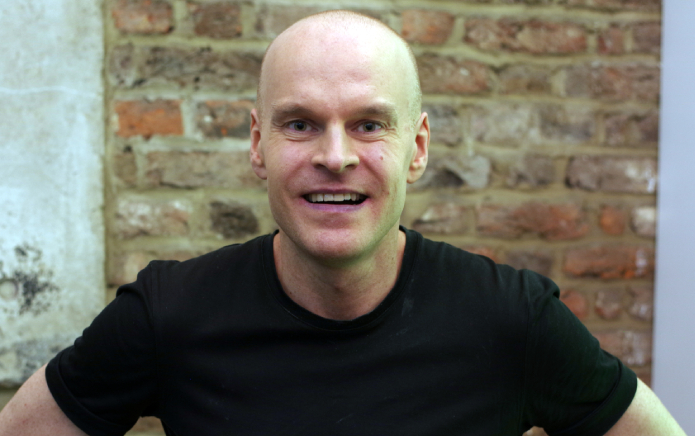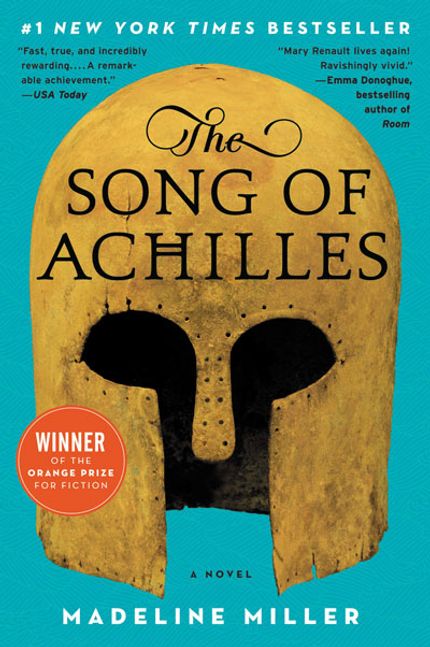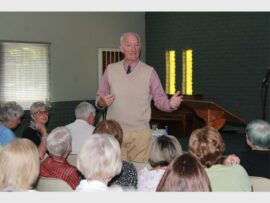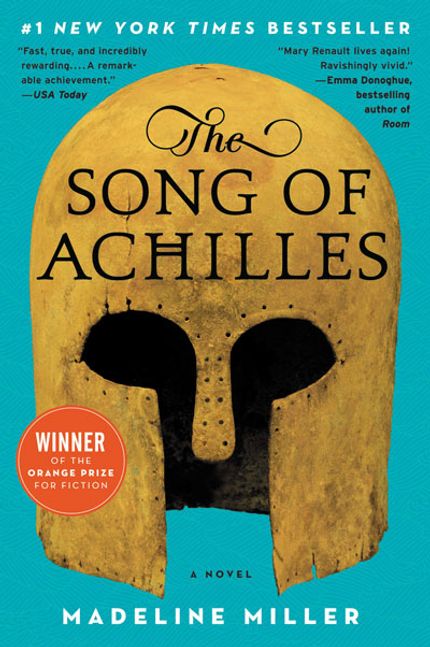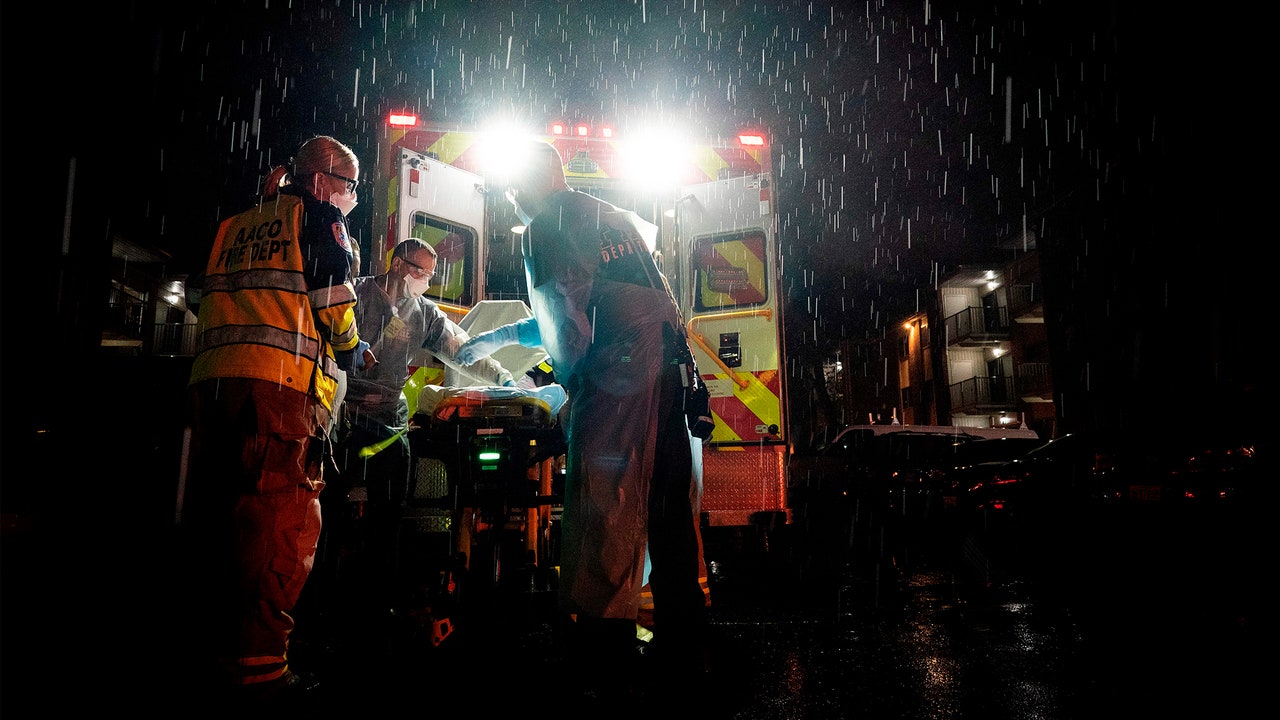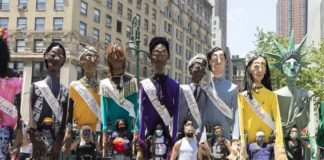While queer literature must be celebrated throughout the year, here’s a brief list of books published in 2022 that I enjoyed reading the most.

The Indian literary landscape witnessed a promising shift in 2022. First, translated works were celebrated like never before. Tomb of Sand, Daisy Rockwell’s English translation of the Hindi novel Ret Samadhi by Geetanjali Shree, winning last year’s International Booker prize was an incredible feat for South Asian literature. It featured a Hijra character deftly woven into the narrative. Second, there was a flood of queerness in literature — especially in the mainstream publishing circle. For example, the Booker-winning novel The Seven Moons of Maali Almeida (previously published as Chats with the Dead in 2020) by Shehan Karunatilaka was a second-person narrative told by a dead queer photojournalist.
The examples above may feel like the West’s approval is behind their successes. But both these novelists were well-celebrated in the subcontinent much before the international visibility that they’re enjoying today came their way. Instead of getting stuck in the circular arguments, it’s time to leverage visibility. While queer literature must be celebrated throughout the year, here’s a brief list of books published in 2022 that I enjoyed reading the most.*
Memoirs
I Am Onir, and I Am Gay (Penguin) by Onir, with Irene Dhar Malik, and A Small Step in a Long Journey (Zubaan) by Akkai Padmashali, as told to Gowri Vijayakumar, are the two most candid personal narratives to have been published last year about growing up at a time when there was no vocabulary for queerness. Leave alone dating, at the time, expressing your desires in an openly queerphobic environment was akin to inviting death threats. Both the filmmaker and the trans-rights activist have documented their lives as-is. Not only do these accounts dive deep into multiple issues facing queer people in India, but they’re also narrations of locating queerness in a particular region and how differently it plays out against the popular imagination of what queer lives are.
Narrative Non-Fiction
The Hidden Case of Ewan Forbes: The Transgender Trial That Threatened to Upend the British Empire (Bloomsbury) by Zoë Playdon was an explosive read for me. I wondered what would’ve happened if Ewan Forbes’ gender-affirmation surgery had garnered worldwide attention. It’s another such example that shows how cleverly fundamental rights were taken away from queer people and they’re marginalised by select state machinery for restoring their “pride” — whatever that means.
On the other hand, Maya Sharma’s Footprints of a Queer History: Life-Stories from Gujarat (Yoda Press) does the opposite. It notes how vociferously a set of people wanted to be themselves and be visible for who they are. In this book, she documents their triumphs and struggles in their voices. Before We Were Trans: A New History of Gender (Hachette) by Kit Heyam is a unique work that collects multiple histories of transness erased on purpose for establishing a gender-binary world order. With this book, not only does Kit establish why we need better queer (his)tory telling but also notes that the stories about curious characters and anomalous behaviours we were told were full of queerness but were dismissed for the same reason.
Fiction
From science to literary fiction, some of the finest works of fiction were published last year. While Jerry Pinto’s The Education of Yuri (Speaking Tiger) offered a queer teenager’s existential crisis, After Sappho (Pan Macmillan) by Selby Wynn Schwartz celebrated several historical queer-feminist figures that championed individual freedom, liberty, and lesbianism under oppressive regimes. It’s an extraordinarily original work. It’s a shame Booker prize judges didn’t consider it for the shortlist.
Neel Patel’s Tell Me How to Be (Penguin) is a perfectly tender novel that was as much about queerness as it was about the twisted mother-son and sibling bonds that South Asians share. SB Divya in Machinehood (Hachette) too refused to comply with gender norms in the otherworldly setting. The robots in her science-fiction novel were nonbinary and it was intentionally done as she told me in an interview, noting that writing such characters “should become less awkward for writers.” Douglas Stuart’s second novel Young Mungo (Pan Macmillan) didn’t make it to the Booker dozen, but it was second to none. A heart-rending story of a young boy that took us through the horrifying outcomes that a queer body must endure living in an extremely heteronormative society.
Children’s Literature
Personally, it was very rewarding to find books for young readers celebrating queerness, giving parents a vocabulary to help embrace nonnormative desires. Two books were particularly interesting. First was Ritu weds Chandni (Puffin Books), written and illustrated by Ameya Narvankar. A wonderful tale about a toddler’s uncorrupted will to celebrate her cousin marrying her (same-sex) partner amidst unwelcoming environments. And the second one is Anshumaan Sathe, who celebrates a young person’s desire to break away from the pink-blue binary that one is associated with in their growing up years and embrace all the colours they want in their lives in the wonderful book, The Many Colours of Anshu (Gaysi).**
Read: Anshuman Sathe’s Guide to Using Non-Binary for a Gender-Neutral World
*Of course, there must be several noteworthy works that were published last year, but this list only includes books I read last year. Not only it’s a subjective list, but it’s also an incomplete list. For example, I am still reading Hungry Humans — loving it so far but can’t include it because I haven’t finished reading it.
**Neither was I influenced nor commissioned this piece to include Gaysi’s book in this list.


